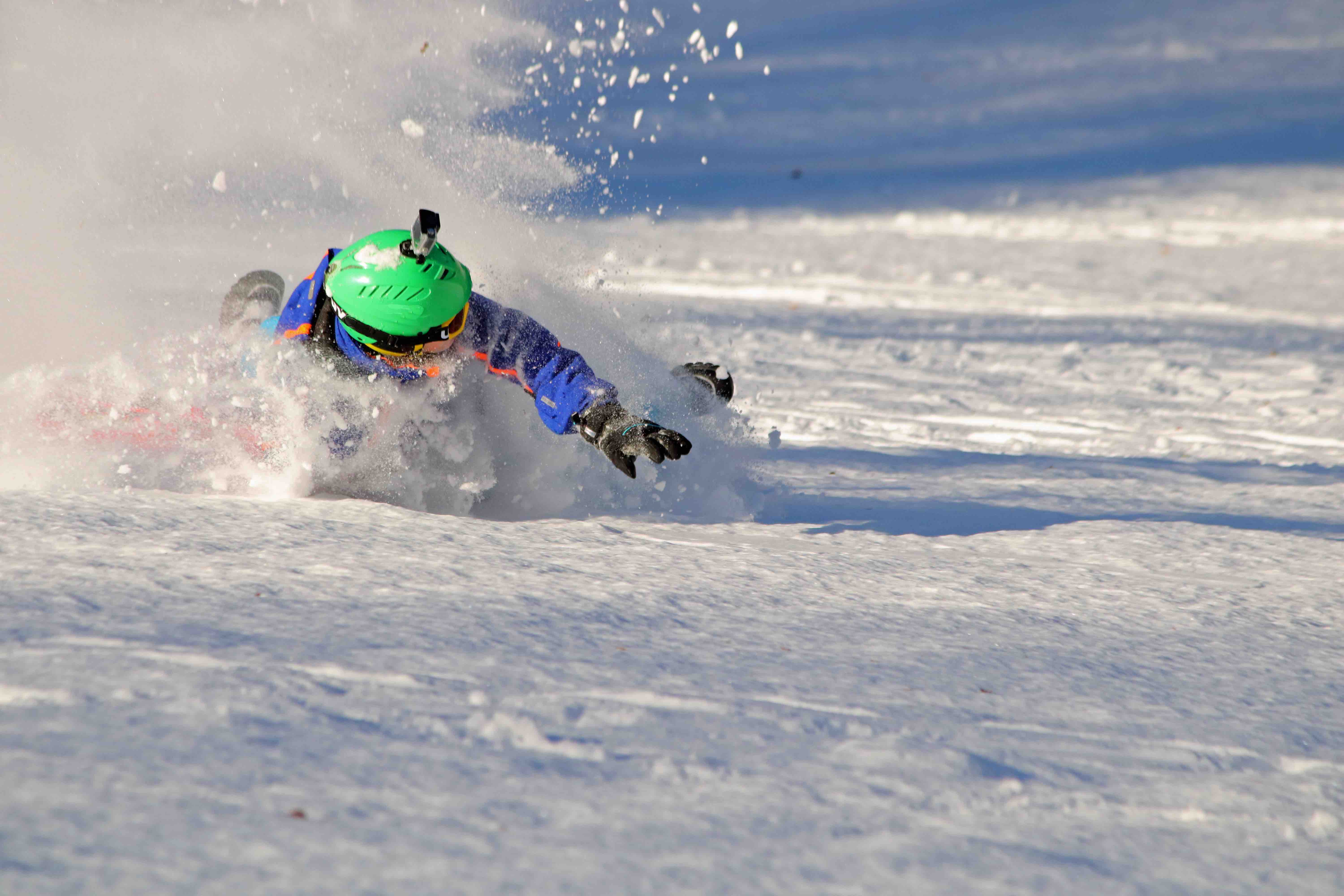Imagine cotton-like snow, white-covered hills, and towering ski lifts to start your ski day. Ski season typically lasts from November to April, and now is the perfect time to hit those resorts. However, with any high-impact sport like skiing, there comes a risk of injury due to collisions or crashes associated with the snow. According to the American Academy of Pediatrics, young children are at higher risks of head injuries from winter sports such as skiing.
Researchers for the American Academy of Pediatrics analyzed 845 hospital admissions related to adolescent winter-sport injuries. Using statistics from the 2009 and 2012 Kids’ Inpatient Database, they discovered that elementary school children had significantly higher risks of skull or facial fracture compared to high school children. A quarter of all hospital admissions were related to inter-cranial injuries, with most of such admissions consisting of elementary school children. In terms of treatment, more than half of the admissions required major surgery.
Image Source: Jakob Helbig
Some reasons that could explain why children are especially susceptible to injury are that they are still developing and that their bones are growing. From late elementary and throughout middle school, children undergo puberty, which is a period of time that kids mature and begin to develop into their adult bodies. However, during this developmental period, their bones, head, and body are not as strong and resistant to high-impact collisions and crashes associated with winter sports. One such example is the risk of colliding into other skiers or trees. Furthermore, the study revealed that 76% of injured skiers were male, in contrast to 24% were female. One reason for this gender disparity is that boys were more likely to take risks while on the snow. By skiing recklessly, they are more likely to crash and, therefore, cause more injuries to themselves or others.
Skiing is a risky sport in general due to the increased chance of collisions. According to the American Academy of Pediatrics, educational efforts can help combat the risk of collisions. Both parents and kids should be informed not only of the dangers of winter sports but also of safety precautions. Parents can ensure that their kids wear helmets, body armor, and properly-fitted equipment. Children should not be forced to avoid skiing because of the risk of injury. Instead, they should be mindful of it and strive to improve the safety of themselves and others around them.
Feature Image Source: © Harald Florian / Adobe Stock.










